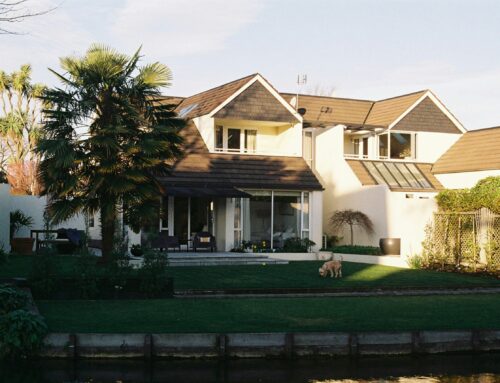You’re officially on your way to becoming a real estate investor—nicely done! Starting a real estate portfolio is no small decision. Our last blog broke down five key steps to get your real estate journey rolling. Now it’s time to zoom in on a significant milestone: picking your first investment property.
This isn’t just another house hunt—it’s a foundation for your long-term goals. So let’s walk through it, step by step.
Before opening up Zillow, pause and ask yourself: Why real estate? Are you hoping for monthly income from renters? Or are you more interested in flipping homes for profit? Knowing your purpose will help you avoid distractions and choose the kind of property that supports your vision.
Here are a couple of common goals:
- Want a steady monthly income? A smaller, single-family rental could be your best bet.
- Want to flip and sell for profit? A fixer-upper in a neighborhood on the rise might be the way to go.
Having a clear purpose helps you stay focused when options flood your screen. It’s easy to get excited by a property that looks like a steal, but if it doesn’t fit your plan, it could cause more stress than success.
Now, let’s talk about location. You’ve probably heard the phrase “location, location, location” a hundred times—and it’s repeated for a reason. The neighborhood you choose can affect rent prices, how quickly the property fills, and your future resale value.
So what makes a good location? Look for areas with:
- Job growth is substantial employment
- Good schools (even if you’re not renting to families)
- Low crime rates
- High demand for rentals
You don’t have to invest right in your city. Many successful investors buy in other states or regions where the numbers make more sense. Do your homework—local laws, property taxes, and rental rules vary significantly from place to place.
Alright, let’s dig into the dollars and cents. A property may look perfect on the outside, but it’s a no-go if the math doesn’t work. Make sure you understand these basics:
- Purchase Price: Can you afford the down payment and loan payments?
- Expected Rent: Check what similar properties rent for nearby.
- Costs: This includes taxes, insurance, maintenance, HOA dues, and maybe even a property manager.
- Cash Flow: Will you still have money left over each month after covering all expenses?
Some free online calculators make this stuff simple. You don’t need to be a numbers wizard—you just need to be honest about whether the property will make you money, not cost you. And remember, if it doesn’t check out financially, it’s okay to walk away.
It’s smart to keep things simple when you’re just starting out. Big renovation projects or multi-unit buildings might seem exciting, but they have more challenges. A small, move-in-ready home or a low-maintenance condo in a steady neighborhood is often a better starting point. That way, you can learn without feeling overwhelmed.
Also, don’t try to do it all on your own. Real estate may seem like a solo venture, but behind every great investor is a solid team. Here’s who you’ll want in your corner:
- A real estate agent who understands the investment game and the local market.
- A mortgage broker who can walk you through the best financing options.
- A home inspector can flag any hidden issues before you buy.
- A property manager, if you’d rather not handle tenants yourself.
Even experienced investors rely on their team—it’s how you avoid beginner mistakes and make smarter decisions.
Lastly, don’t rush it. Buying your first investment property can bring up all kinds of emotions—excitement, nervousness, maybe even doubt. That’s normal. What matters most is that you’re taking action and learning as you go. Real estate is a long-term game, and success comes from steady progress.
Every investor started somewhere. No one knows everything from day one, and most successful investors have made mistakes. Keep moving forward, ask lots of questions, and give yourself room to grow.
Final Thoughts
Choosing your first investment property can feel like a big deal—and it is! But with a clear goal, innovative research, and the right people helping you, it doesn’t have to be overwhelming.
In the next post, we’ll dive into scaling your real estate portfolio from one property to a whole network. Until then, take your time, trust your instincts, and enjoy the process. You’re officially on your way!







Leave A Comment